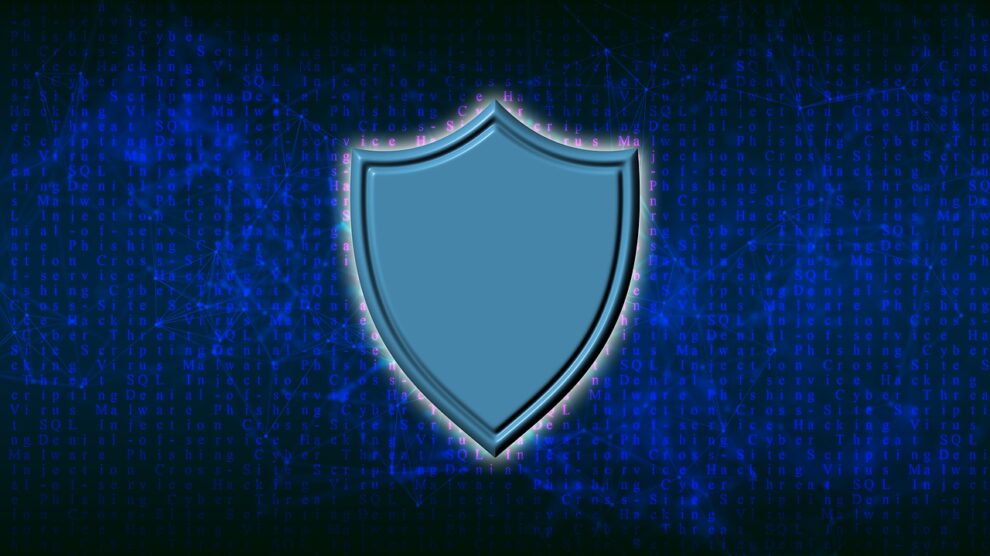Many companies are making IT outsourcing a part of their digitalization and innovation strategy. It is a resource for accelerating development, accessing top-of-the-line expertise, and cost optimization. In collaboration with experienced technology partners, companies can streamline their operations and develop software products while focusing on other business activities.
According to a global outsourcing survey from Deloitte 70% of companies outsource IT services. Moreover, 47% of respondents plan to increase their investments in this area during future periods. However, a successful outsourcing partnership requires certain actions on the part of the client.
With the right approach, businesses can take full advantage of outsourcing while securing their digital assets and data integrity. In this article, DigitalMara explains what you need to know for secure IT outsourcing. How to reduce risks, facilitating long-term and productive cooperation.
How to integrate security and efficiency in IT outsourcing
When companies outsource critical functions to external vendors, it is important to adopt a security-first approach. IBM’s Cost of a Data Breach Report indicates that the global average cost of a data breach in 2024 reached $4.88 million. 70% of the companies surveyed declared significant disruptions as an outcome of these breaches. Such figures show great importance of strong cybersecurity measures in outsourcing.
We can define three crucial areas, where companies should pay attention to:
- Data privacy and protection – Security begins with providing protection for confidential business information. Reliable outsourcing partners implement robust techniques like data encryption and access control. Compliance with industry standards is also important to minimize risks. Establishing clear data management protocols allows companies to maintain ownership and control over their data while working together.
- Security standards – A successful partnership with an outsourcing company requires the approval of security protocols. It is recommended to choose vendors with proven security certifications such as ISO/IEC 27001, SOC 2, or PCI DSS. Companies should be confident that their outsourcing partner adheres to industry best practices. They have a right to conduct regular security assessments and audits to ensure a proper level of compliance throughout the entire collaboration.
- Clear communication – Transparency is one of crucial elements in IT outsourcing. Primarily, it is clear and consistent communication between the company and outsourcing partner. Part of this is to create consistent and accurate reporting and monitoring mechanisms. Both sides can be to date with security measures, compliance updates, and potential risks. This proactive approach helps build trust and ensures a continuous partnership.
Security is one of the building blocks of an efficient outsourcing strategy. Following these principles companies can confidently expand their technology capabilities while keeping risks low.
What is BYOD and how it works in outsourcing
BYOD (Bring Your Own Device) rules have gained importance in outsourcing collaboration. Various studies indicate that a high percentage of employees use personal devices for work. In response companies should implement clear policies for protecting business data while ensuring work efficiency. Otherwise, there is a risk of exposing confidential business data to potential breaches. A Verizon security report revealed that nearly 45% of all data breaches are linked to mobile devices.
A strong BYOD policy must clearly define which devices and operating systems are permitted within the company’s network. Specific requirements can help reduce the risk of security loopholes. The policy should also outline the level of data access granted to external teams. For instance, the team might need access to company systems, and this access must be tailored to the individual roles. Sensitive information should be accessible only to those who absolutely need it. A strong role-based access control serves to minimize the risk of unauthorized access.
In their BYOD policy companies define which devices and operating systems are permitted in their internal environment. Strict requirements help reduce the risk of security loopholes. It also outlines the level of data access granted to external teams. For instance, the team might need access to company systems, and this access must be tailored to the individual roles. Confidential information should be available only to those who absolutely need it. A strong role-based access control minimizes the risk of unauthorized access.
The BYOD talks about measures to protect devices and connected data:
- Multi-factor authentication (MFA) ensures that only authorized users can access company data, even if their device is compromised.
- Data encryption means converting sensitive data into special format, which can be decrypted only by authorized team members.
- The remote cleanup feature allows security specialists to delete data from the device in case of a security breach, as well as in case of loss or theft of the device.
Proper device management is even more critical in outsourcing models like team augmentation. In this context, external specialists work closely with internal teams and have access to the client’s systems, databases, and communication platforms. To decrease risks, companies can provide them with means for secure access like virtual desktops and Virtual Private Networks (VPNs).
Providing IT vendors with clear guidelines, training, and the necessary tools to comply with BYOD policies creates a collaborative security environment where all sides are accountable for maintaining secure practices.
The role of SOC 2 in outsourcing
A Security Operations Center (SOC) is another set of rules that allows companies to maintain a high level of control and visibility over their outsourced operations. This standard is designed around five criteria: security, availability, processing integrity, confidentiality, and privacy.
Together internal security teams and outsourcing vendors can detect and respond to cyber threats in a more fast and efficient way. Having a unified approach ensures that all participants align their security priorities and ensures better coordination in high-stakes situations. Open communication channels, clear protocols for incident response, regular security audits, and comprehensive data access control shapes a unified security ecosystem.
In addition to technical measures, companies must take on regular security training for the external teams. It is essential for improving adherence to security policies and procedures. Human errors still remain one of the leading reasons of security breaches. Continually educating external vendors on the latest threats and security protocols, businesses can reduce the risk of mistakes that lead to compromised data.
Continuous feedback between internal security departments and external IT vendors is a part of collaboration. By regularly analyzing the performance and effectiveness of incident response, companies can identify areas that need improvement. Security measures need to evolve constantly to address emerging threats.
Mandatory agreements that support security in outsourcing
Well-defined agreements form the basis of a reliable outsourcing relationship. They outline all crucial points regarding data protection and risk management. Here is a list of key documents:
- Non-Disclosure Agreement (NDA) ensures that proprietary and sensitive information shared during the partnership remains confidential. This legally obliges the outsourcing provider to prevent unauthorized disclosure of company data.
- Data Processing Agreement (DPA) defines how vendors should handle, store, and process the client’s sensitive information. It also includes such an important point as the secure deletion of data after the completion or termination of the contract.
- Service Level Agreement (SLA) outlinesthe vendor’s security obligations and compliance with industry standards like SOC 2 and ISO/IEC 27001. It should specify schedules for security assessments, breach notification timelines, and remediation actions.
- Master Service Agreement (MSA) regulates access control, defining who has permission to handle data and under what circumstances. It includes provisions for multi-factor authentication, role-based access, and measures to monitor and log security events. In addition, MSA outlines outsourcing provider liability in case of a security breach.
In general, having detailed incident response plans ensures that both sides act promptly in the case of a security breach, minimizing potential damage. Security audits should also be included in outsourcing contracts. Companies have a right to regularly assess their vendors’ compliance with changing security standards.
Final words
With the right preparation and management businesses can gain a strategic partnership. Confidently embrace IT outsourcing to drive success while maintaining a high level of security and reliability. Choosing reliable IT partners provides access to secure, high-quality custom software development with strict adherence to industry standards. Dedicated teams prioritize clear communication and seamless integration, ensuring a productive and risk-free outsourcing experience.





